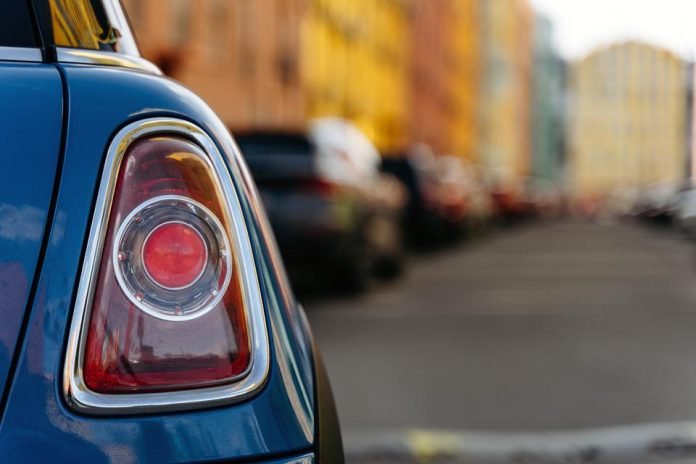Last Updated on October 23, 2022 by Tayyaba Khan
Rear-end crashes are one of the most frequent car accidents that occur when a car’s back hits the front of other vehicles. High speed, distracted driving, drunk driving, and faulty breaks are common reasons for such collisions. Along with property damage, it may cause neck strain, paralysis, brain injuries, fracture, back strains, facial disfigurements, and other critical medical conditions. So, before thinking about what to do if you get rear ended, you should focus on the preventive steps first. Let’s explore a few tips.
Table of Contents
Check the parts regularly
Routine checks are a must to fix malfunctioning brakes, tires, steering, and crucial parts that might be responsible for tailgating. Such a well-maintained model will hardly put in danger. Plus, don’t forget about the mirrors. They help us to see what’s going on behind us and make decisions accordingly. So, if your mirror breaks, get new ones as soon as possible.
Don’t get distracted
Anything that diverts one’s attention from the road can be deadly. Some examples are talking on the phone, messaging, eating, adjusting car settings, combing hair, and doing other activities during driving. Countless major and minor accidents take place every year due to these habits. Distracted drivers usually take their eyes off the path, leave the steering wheel, or zone out for a few seconds. And when they finally notice other cars, they get no time to hit the brake.
Use signals and lights as per need
Good communication with other drivers is key to a safe journey. Sometimes the car owners in front don’t see the drivers right behind them. They don’t think twice before stopping suddenly. Therefore, you should use the signals to notify them about your presence and next moves. It will help them to understand what you’re about to do and how they should react. Besides, turn on the headlight when going somewhere at night so that everyone can see your car.
Maintain a safe distance
Most rear-end crashes happen because the back car driver fails to press the brake on time. Keeping a minimum distance from other vehicles is helpful to avoid them. It gives us sufficient time to overtake a slow car safely or stop without hitting it. This distance should be wider while driving in adverse weather conditions.
Plan the routes
Route planning in advance is an excellent way to reduce rear-collision risks. Skilled drivers are already familiar with this phrase. Unfavourable routes can result in stressful or unexpected situations, which are difficult to overcome. With wisely-selected routes, you will be more focused and prepared for potential hazards ahead. You can also make emergency plans to change routes smoothly if the front car stops abruptly.
Keep a safe pace
Almost everybody knows the danger of overspeeding, but many aren’t aware of what too slow speed can do. Both can be somehow responsible for clashing. High speed usually requires a big gap from other four-wheelers, which is hard to maintain. On the other hand, low velocity may lead to traffic jams, dangerous overtaking, and tailgating. Therefore, you should choose a safe pace considering the road conditions, the number of vehicles, and other factors.
Apart from this if you are interested to know about benefits of a healthy lifestyle then visit our lifestyle category.
